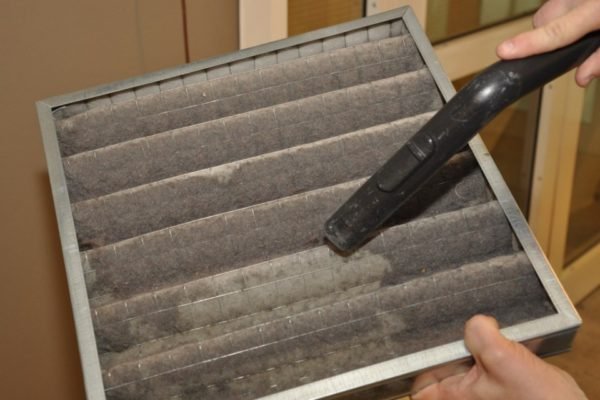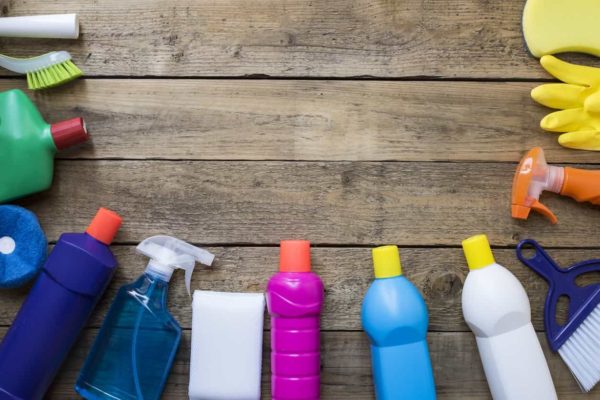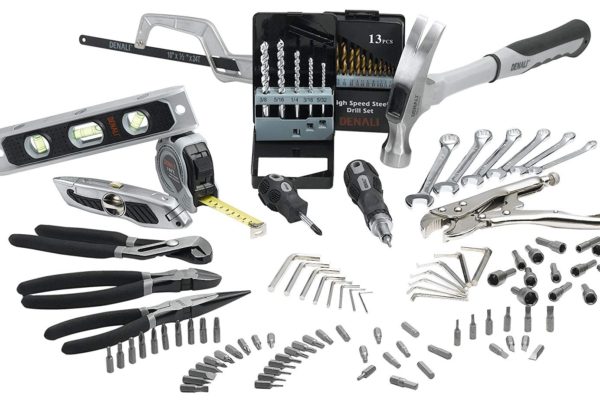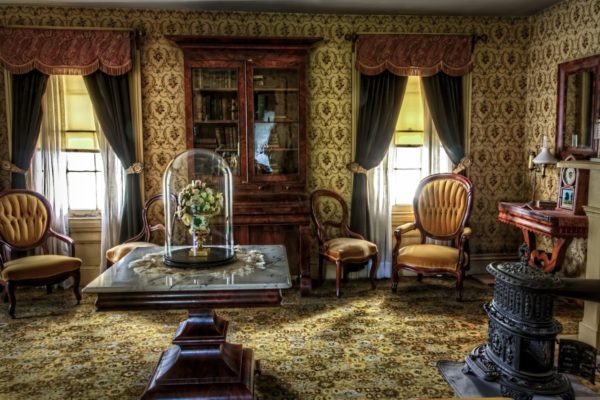Older homes usually experience many plumbing problems that can be frustrating and expensive. When dealing with leaks, clogs, outdated fixtures, and poor water pressure, it’s a total headache. Remember also the health hazards and the potential risk of damage to your home.
Fortunately, there are ways you can upgrade your old home’s plumbing system to not only make it more efficient but also cut down on plumbing problems. However, consult experts such as Milestone Home Service Co. whenever you want to make any plumbing changes, especially to an older house. Here are a few suggestions.
Replace Old Pipes

Older homes often have galvanized or cast iron pipes prone to corrosion and clogs. Replacing these with modern materials such as PVC and PEX will reduce the risk of leaks, clogs, and other plumbing problems. Check for discoloration, low water pressure, rust, and corrosion signs. When you have to repair or replace the pipes constantly, it’s a sign it’s time to upgrade.
Install New Fixtures
Replacing old fixtures with modern ones will give your home a fresh look while improving water pressure and efficiency, saving money on utility bills. When upgrading, consider eco-friendly fixtures such as low-flow toilets and showerheads.
These upgrades conserve water without compromising performance. Motion sensor faucets, tankless water heaters, and electronic faucets are other fixtures you can install. Some can be installed as DIY projects, while others require professional installation.
Install Water-Saving Devices
Older homes often have plumbing fixtures that consume much water and energy. Upgrading them with water-saving devices such as pressure regulators and flow restrictors will conserve water while avoiding high utility bills. An aerator mixes air and water, creating a mist-like stream, and reducing water consumption.
Flow restrictors reduce water flow by limiting the amount of water that goes through a showerhead or faucet without compromising pressure. Other water-saving devices you can install include dual-flush toilets, leak detectors, and shutoff valves.
Upgrade the Water Heater

Upgrading your water heater to a tankless one will save energy, help you avoid cold showers, and reduce costs associated with heating water. They also take up less space and last longer than conventional water heaters.
If you opt for a tankless one, consider installing it professionally because the unit requires correct wiring. When the time comes to replace the water heater, choose an energy-efficient one with a high Energy Factor (EF).
Insulate Your Pipes
Insulating the pipes will save energy and money on water heating costs. It also prevents pipe damage caused by freezing temperatures, especially if you live in an area with cold weather. When insulating the pipes, use high-quality insulation and wrap them from the water heater to the fixtures.
Add Water Filter
Adding a water filter will make your water look, taste, and smell better and filter out suspended particles, chlorine, and other contaminants. The effort will reduce skin problems caused by hard water, such as dry skin and scalp. Consider a whole-home filter to remove contaminants from the entire plumbing system.
The Right Upgrades Improve Your Home’s Safety and Aesthetics
Upgrading an old home’s plumbing system requires professional help and some planning. Consider the home’s age, budget, and personal preferences when planning a plumbing upgrade. Also, consult professionals with the knowledge and experience to help you make the right decisions. With the right upgrades, you’ll make your home’s plumbing system more efficient and improve your family’s comfort and safety.








